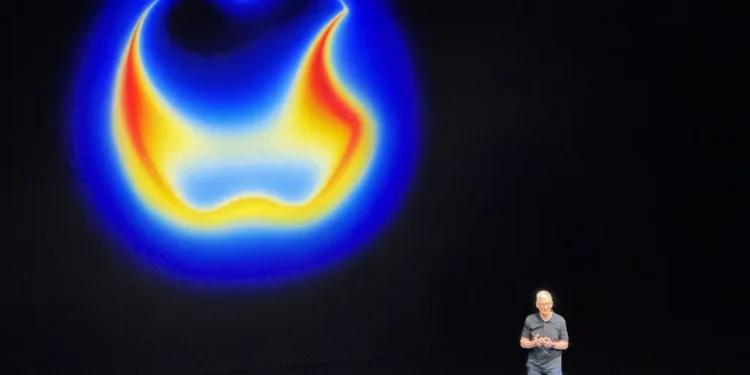September always brings Apple’s big reveal, and this year was no different. From Cupertino, the company rolled out its latest gadgets: the new iPhone Air, the iPhone 17 lineup, updated Apple Watches, and AirPods Pro 3. On the surface, it’s the usual slick presentation. But behind the gloss, there are trends worth noting—especially for anyone who values freedom of choice, personal privacy, and financial common sense.
The big headline was the iPhone Air, Apple’s thinnest phone yet at just 0.22 inches thick and weighing in at 0.36 pounds. It’s lightweight, energy-efficient, and durable, thanks to Apple’s new Ceramic Shield 2 coating. But here’s the catch: Apple has scrapped the physical SIM card slot, meaning customers are forced into eSIM-only models. That’s another step toward more corporate control, fewer options for consumers, and less privacy for those who prefer flexibility in their mobile service. And at $1,000 to start, it’s hardly a nod to affordability.
The iPhone 17 and 17 Pro Max offer camera upgrades and longer battery life, powered by Apple’s new A19 Pro chip. The Pro models boast triple 48-megapixel lenses with up to 8x optical zoom and even support professional-level video formats. All of this sounds impressive—but the price tags are steep: $1,100 for the Pro and $1,200 for the Pro Max. For families already stretched thin by inflation, shelling out that much for incremental upgrades feels like a luxury reserved for elites.
On the wearable side, Apple pushed its health-monitoring agenda further. The new Apple Watch Series 11 can detect signs of hypertension and assign users a “sleep score.” While marketed as “empowerment,” these features deepen reliance on constant tracking and data collection, raising familiar questions about where that sensitive health data goes and how it might be used. The rugged Apple Watch Ultra 3 now includes satellite connectivity—useful, but again tying users more tightly into Apple’s ecosystem.
Perhaps the most futuristic announcement was the AirPods Pro 3, which now offer live translation in multiple languages, heart-rate monitoring, and improved water resistance. It’s innovative, but also another reminder that Apple’s vision of the future centers on consumers wearing, carrying, and relying on its devices for everything from communication to health to daily navigation. Dependence becomes the business model.
For years, Apple has sold not just products but a lifestyle—one that keeps users locked into their ecosystem with higher costs and fewer choices. The trend continues: thinner devices, bigger bills, and more features that blur the line between convenience and control. It’s a reminder that Big Tech is as much about shaping behavior as it is about selling gadgets.
Apple’s newest lineup officially launches September 19, with preorders already open. The question is less about whether the products will sell—they will—and more about whether Americans are ready to trade more freedom, more money, and more privacy for another marginal upgrade.




















